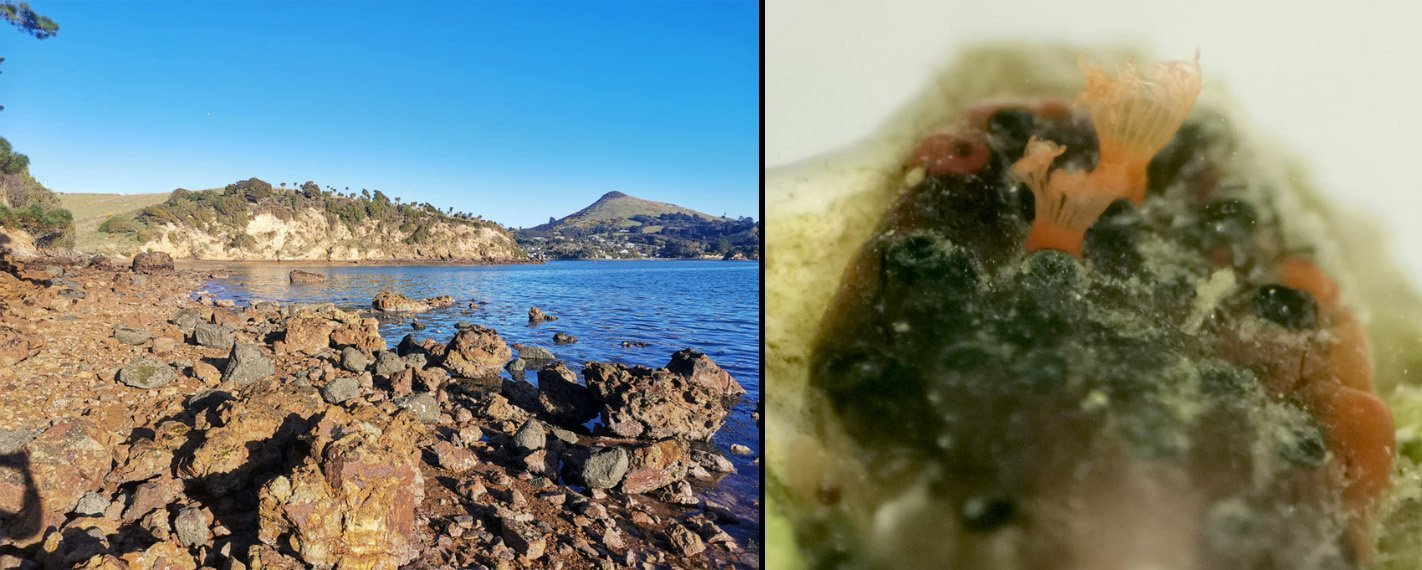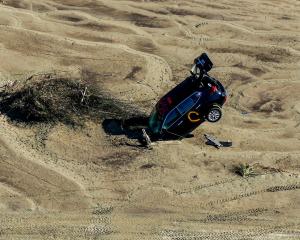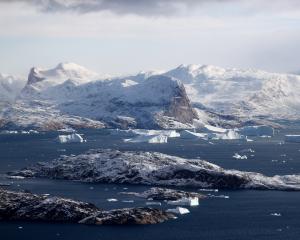
In a time when species are disappearing rapidly and we are facing the urgent challenge of understanding climate change, you might hope that decision-makers would back research that looks at the big picture. Unfortunately, sometimes we are too focused on a limited number of species, perhaps due to their familiarity or charismatic features. This can mean we overlook other important species altogether.

Cutting-edge technology, particularly DNA sequencing, has advanced at rapid speed. Yet, this progress has inadvertently led to the neglect and near disappearance of taxonomy, the science of describing and classifying unknown species, and relating them to species that have been seen before. Taxonomy was once a highly esteemed and foundational field in biology. The advent of new techniques has left it neglected, as many researchers prefer to study life’s diversity from different angles. This is a shame, as there is a great advantage in using both modern methods and taxonomy to complement each other.
Taxonomy goes beyond description alone. It delves into understanding the role of species in the ecosystem and their evolutionary journey. How? By closely examining their physical characteristics. An organism’s physical features tell a story that has evolved with its environment. That’s why combining taxonomy with genetics is like peering behind the scenes — it helps us understand the historical origin of the physical changes we see in front of us. Understanding this story not only sheds light on the individual organism but also has broader implications for its ecosystem.
Regrettably, taxonomy is currently marginalised and undervalued, often labelled as merely "descriptive". This perception often results in the rejection of publications by many scientific journals and has contributed to a decline in experts globally. This shift has led to inaccuracies in species identification and classification, particularly in less popular groups of organisms.
As a marine scientist specialising in these unusual, less commonly studied organisms, I often face the challenge of a limited base of research in my chosen species. Specifically, I focus on ecologically significant species that play a role in reef formation, such as bryozoans and tubeworms. My work revolves around understanding how climate change might impact the formation of their skeleton, known as biomineralization, with potentially adverse consequences for the ecosystem.
This process is intricate and influenced by both the environment and genetic information. This complexity means that neither physical characteristics nor molecular tools alone can provide a complete answer as to how biomineralization occurs. Instead, it’s the combination of both techniques that holds the key to unravelling these mysteries. To ensure I compare "apples with apples" I consistently work on the same group of organisms. Over the years, I have worked closely with expert taxonomists, and I have learned how to tell them apart myself.
So, here’s the important question: How can we safeguard our plants, animals, and the places they call home if we don’t know what they are, what they look like or that they’re out there, waiting to be discovered?
There is a pressing need for increased financial support for paid positions in taxonomy, especially within natural history museums, where numerous specimen collections remain undiscovered and undocumented. It is essential to revive taxonomic research and teaching at universities to train the next generation of taxonomists. This will provide a firm basis for all sorts of exciting science that depends on, and builds sequentially upon, their foundational knowledge.
Helpfully, community engagement and citizen science can play a significant role in addressing some of these challenges. Digital platforms such as iNaturalist allow individuals to share their observations. While these identifications may not come from experts, they generate valuable data helping scientists understand the distribution of organisms, pinpointing their location and often providing assistance in collecting them - essentially becoming the eyes and ears of scientists.
What if such opportunities turned everyday enthusiasts into "nature detectives", even for the lesser-known critters, and generated the next generation of taxonomic experts? Food for thought.
Katerina Achilleos is a postdoctoral fellow (IDEA lab) at the Department of Biochemistry, University of Otago. Her project is funded by the Health Sciences Career Development Post-Doctoral Fellowship.












